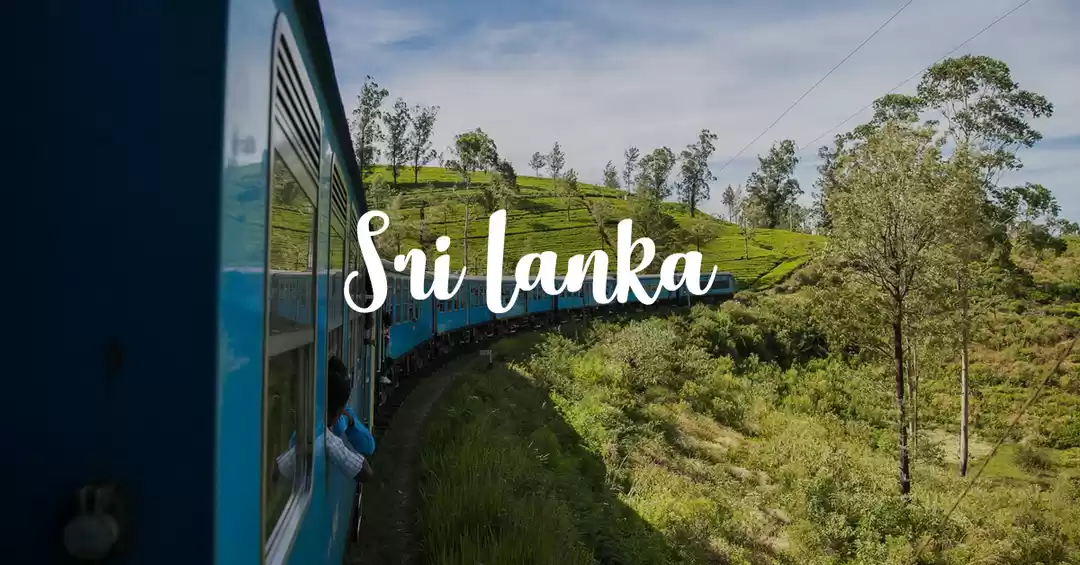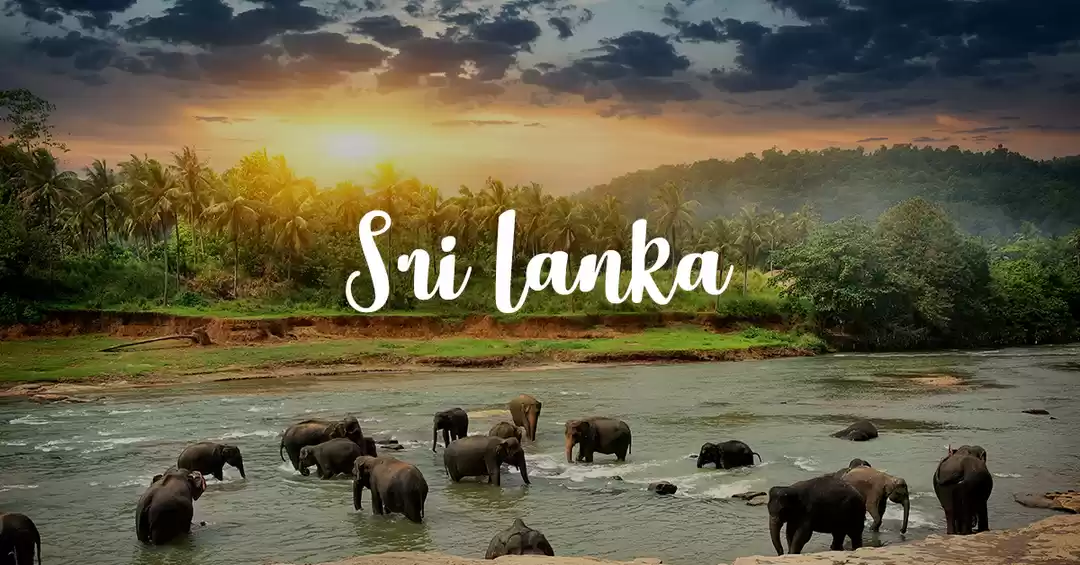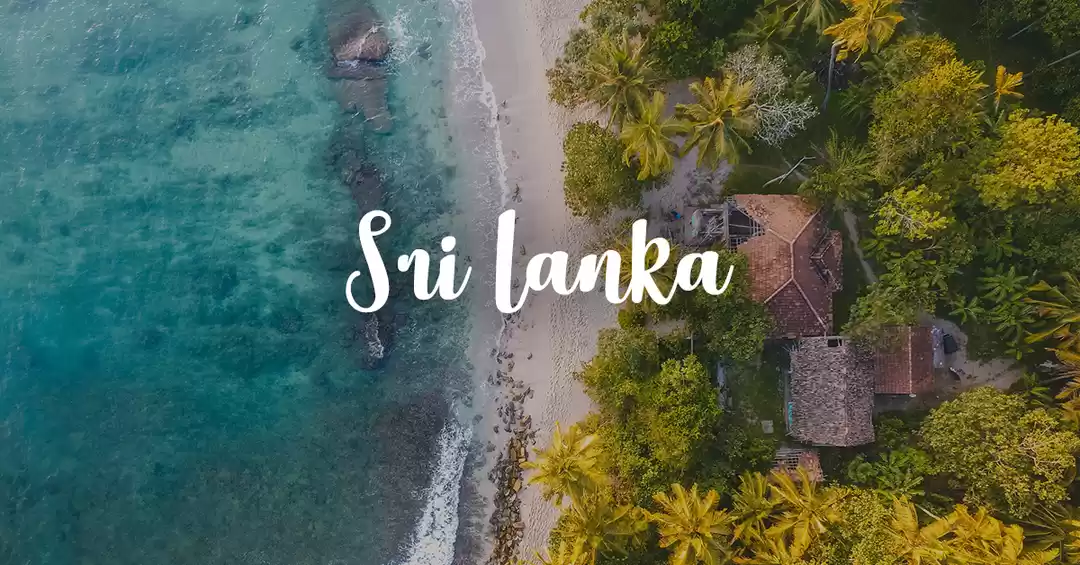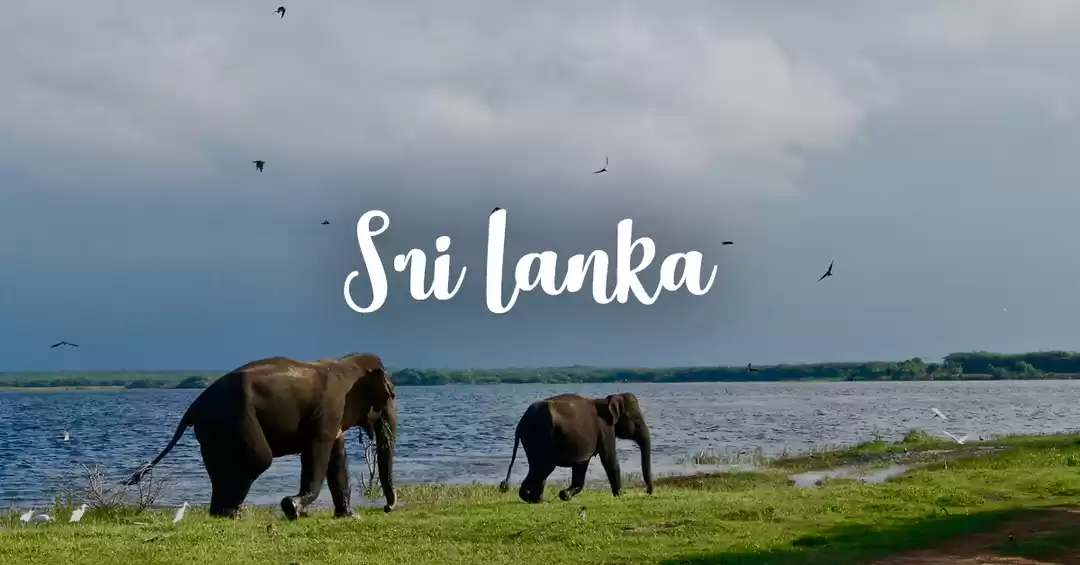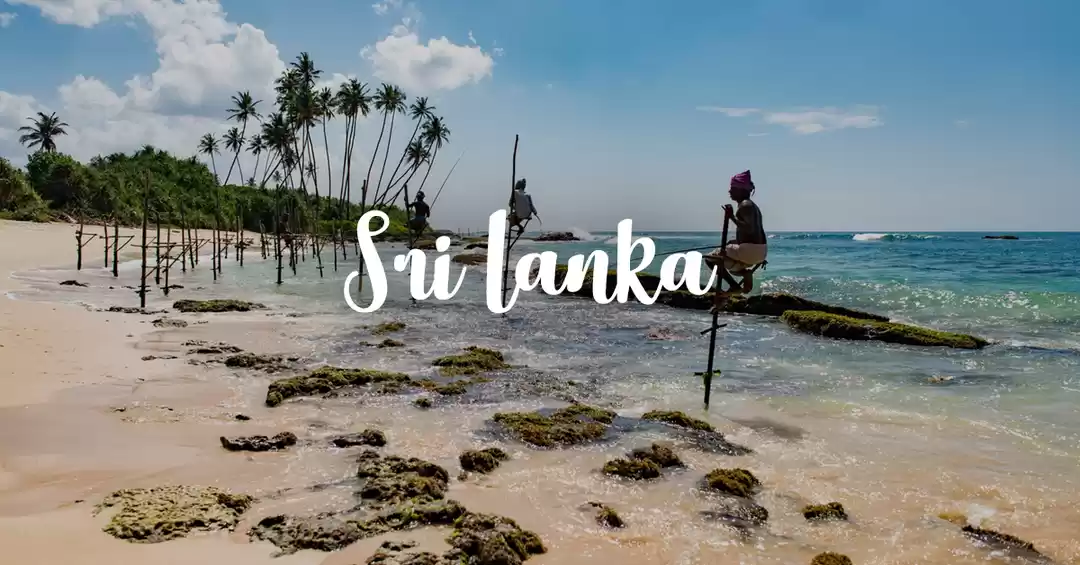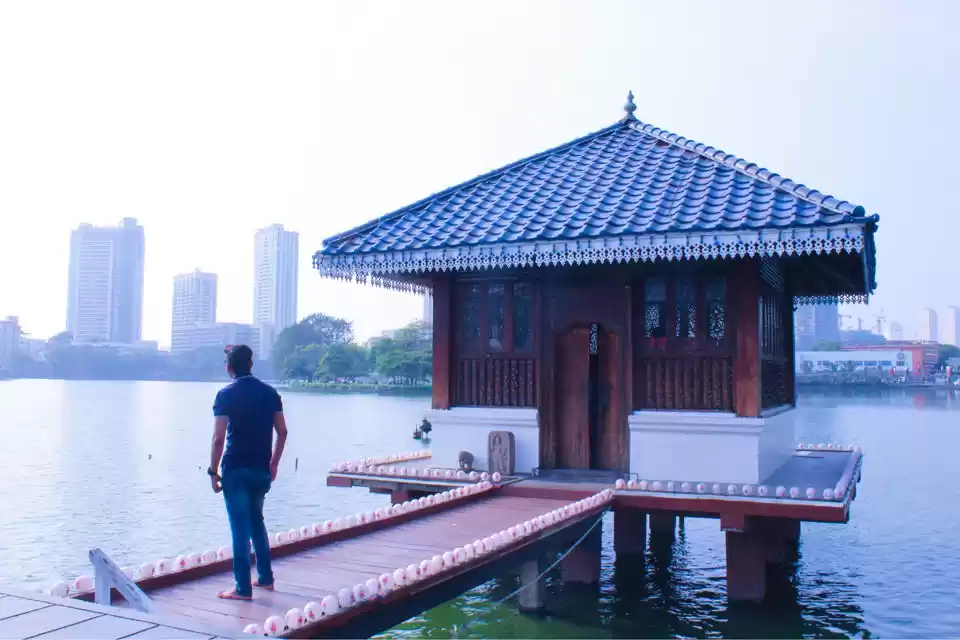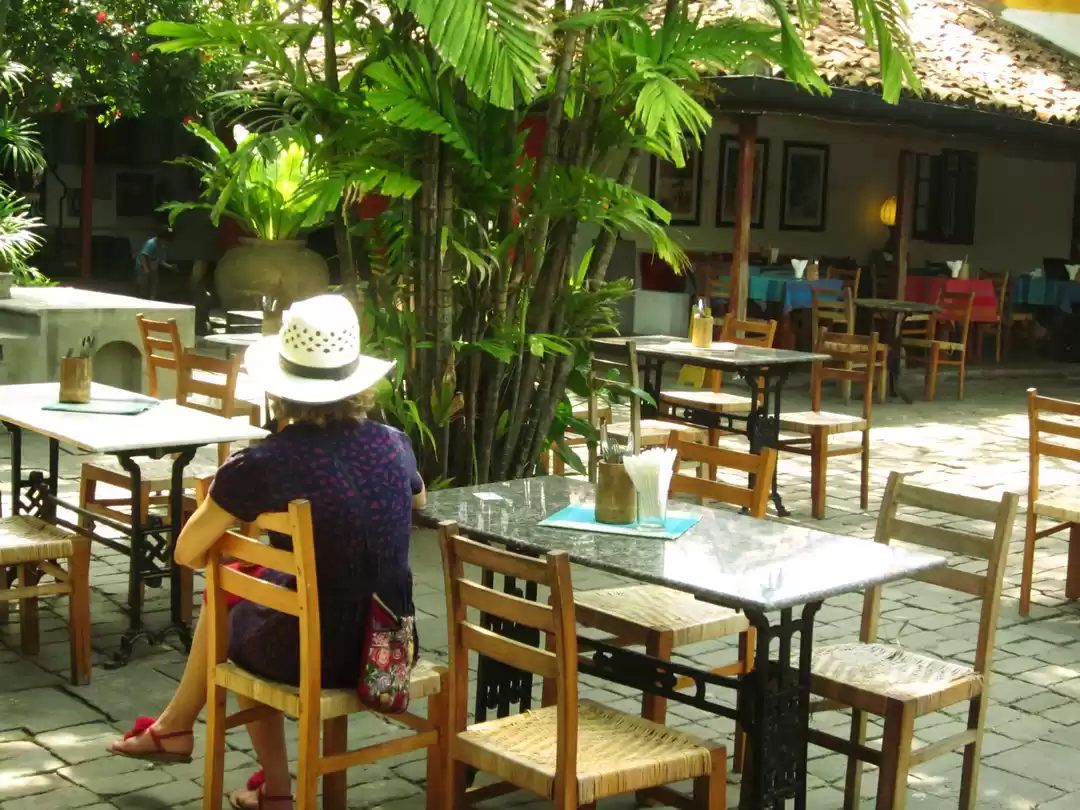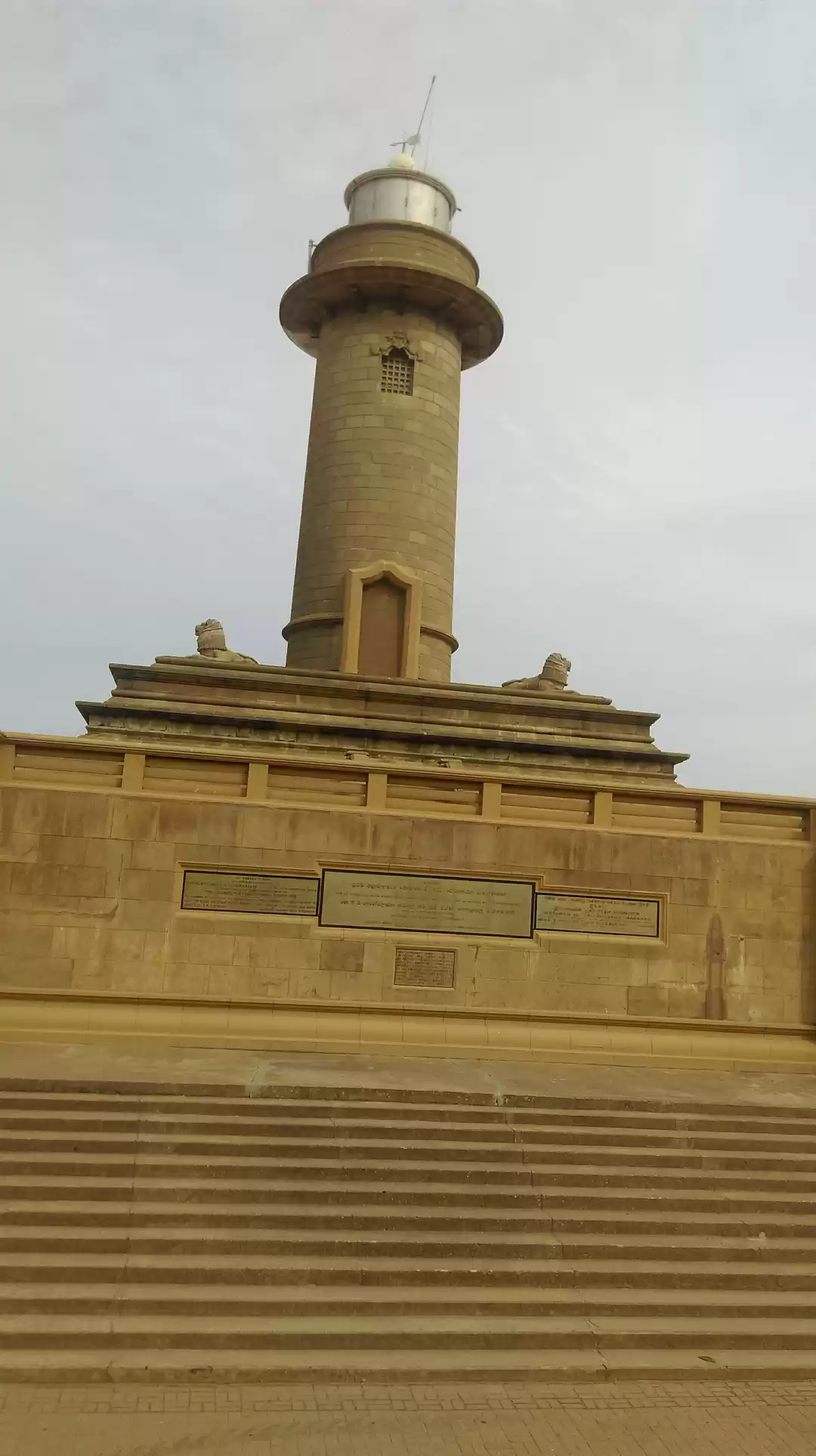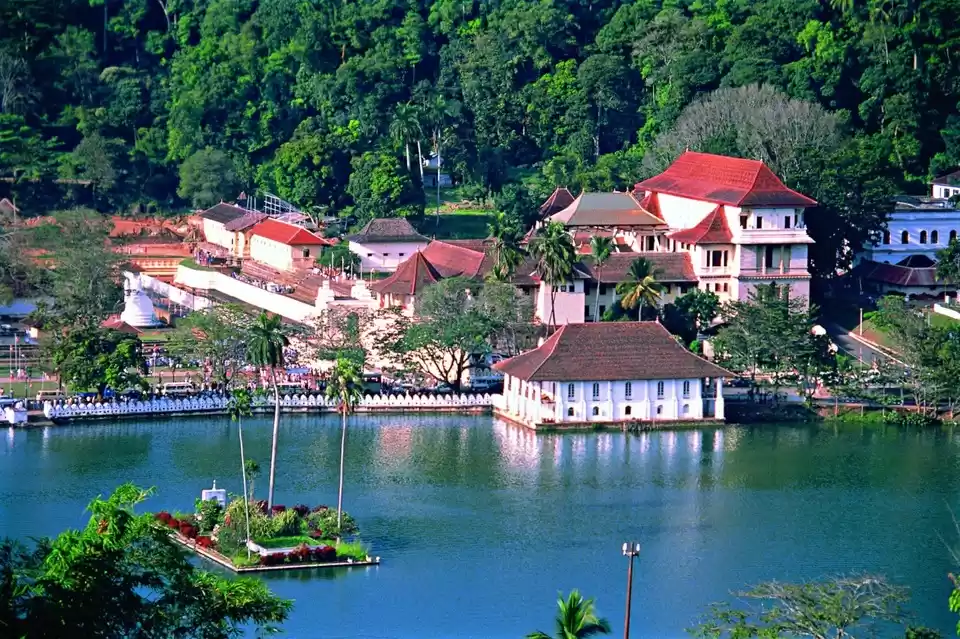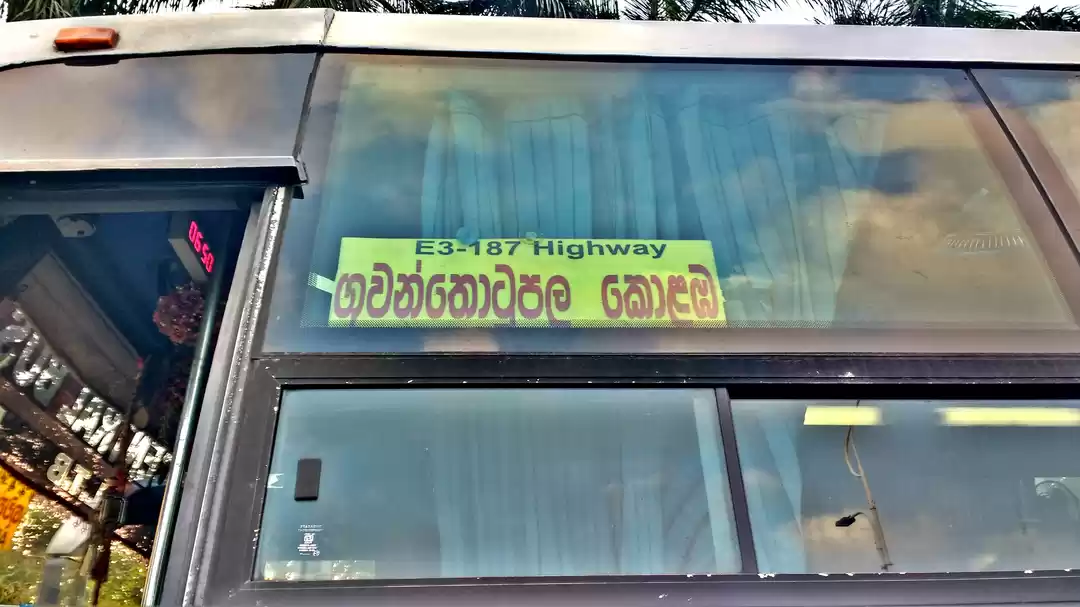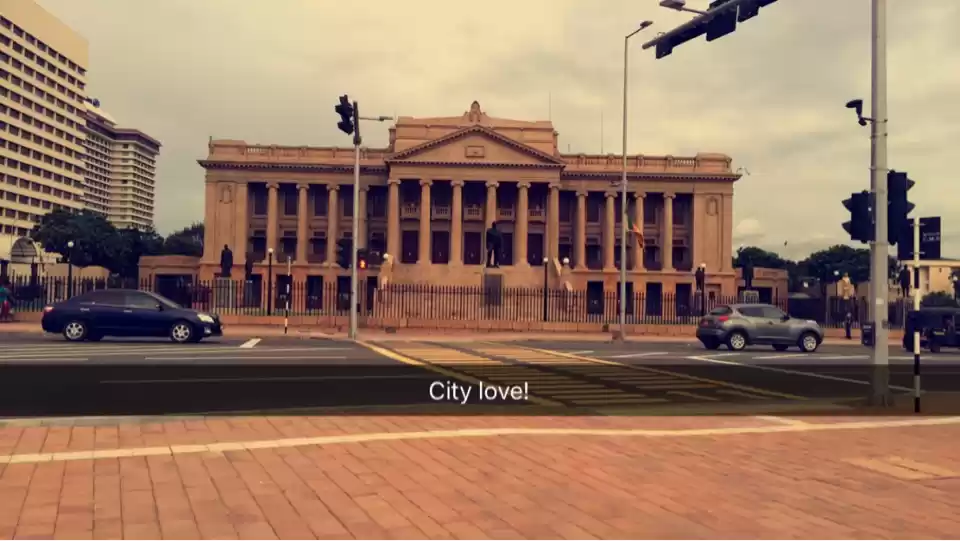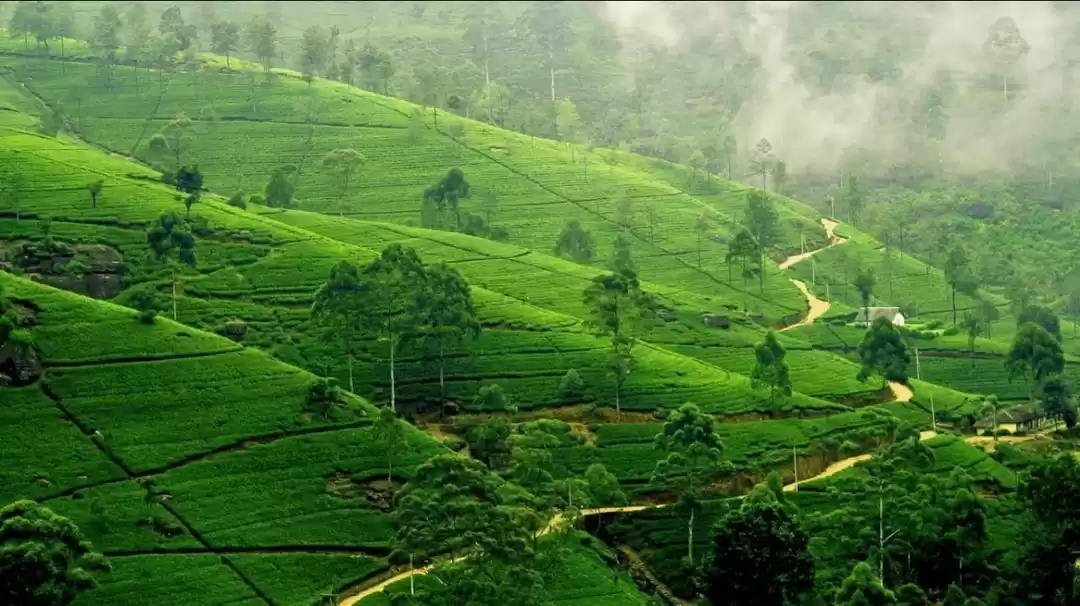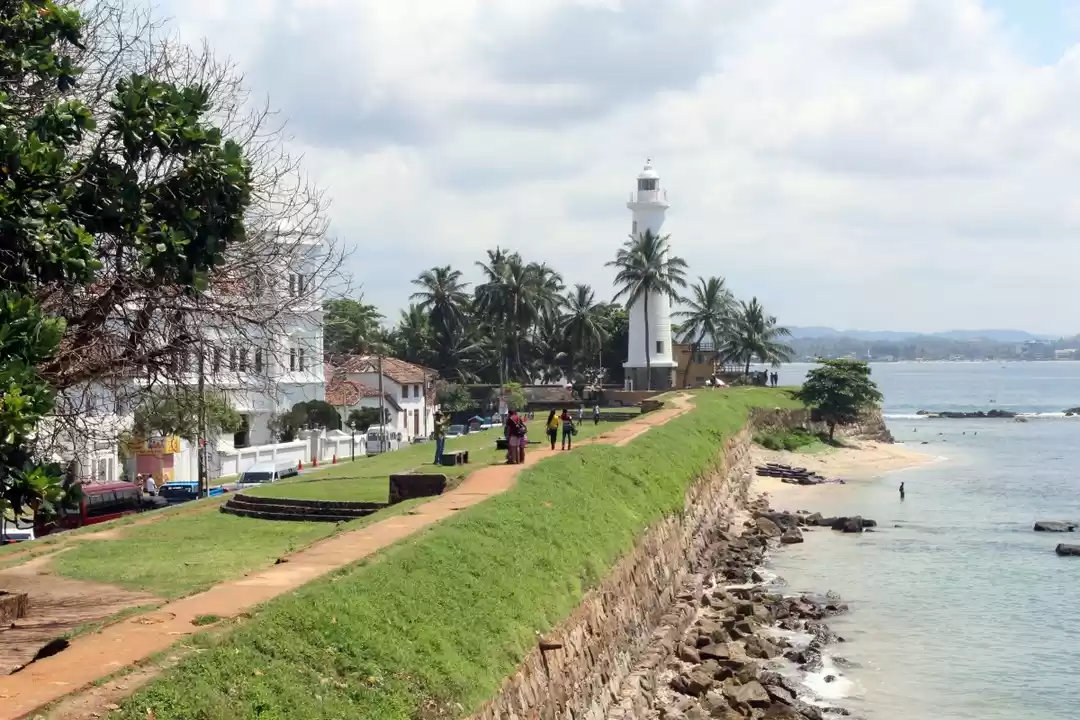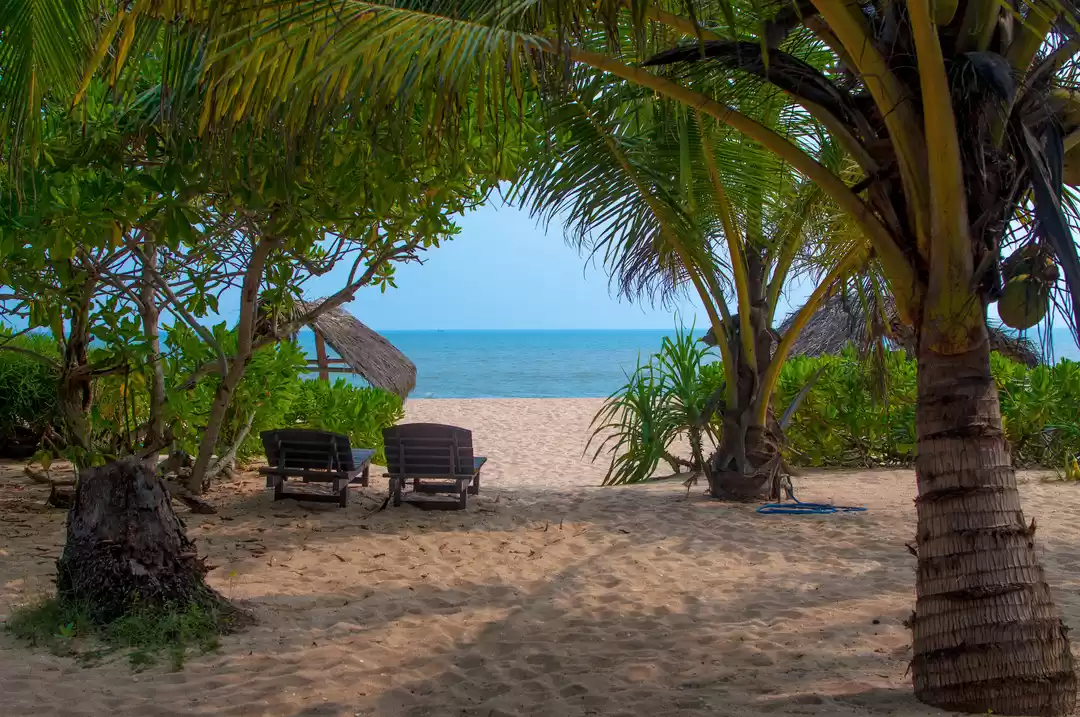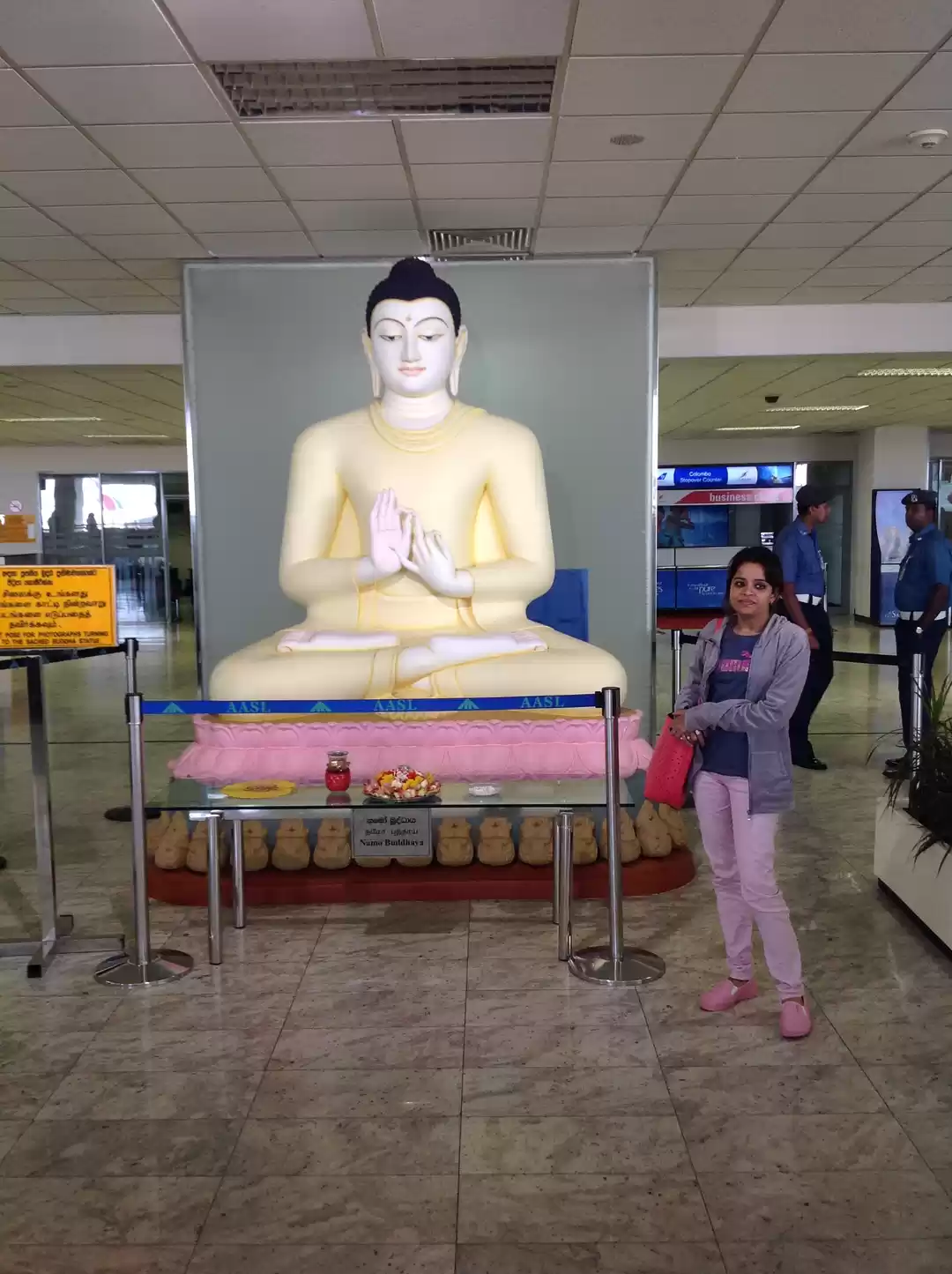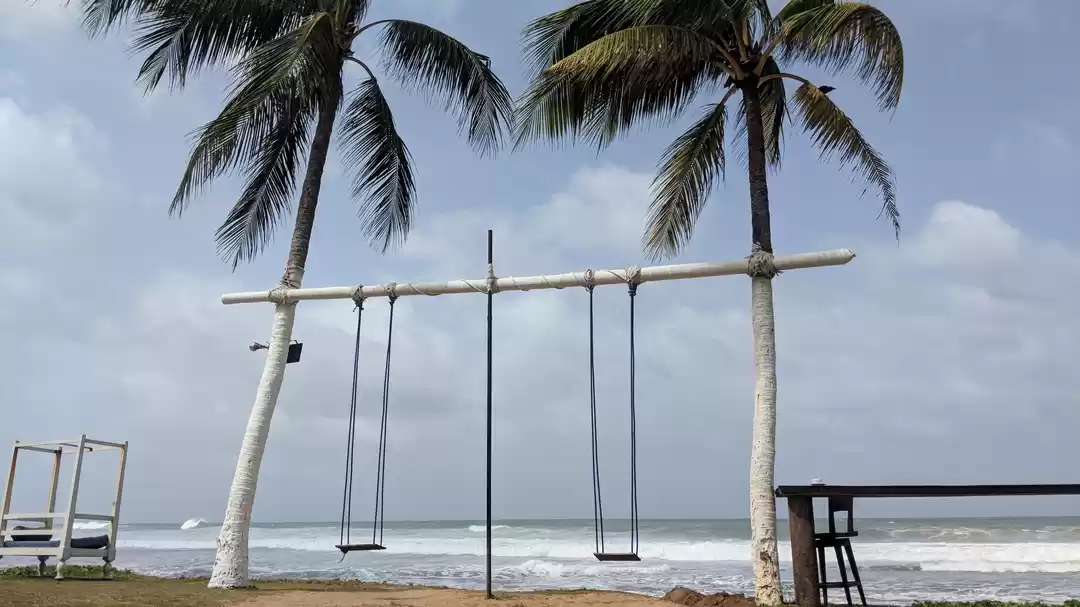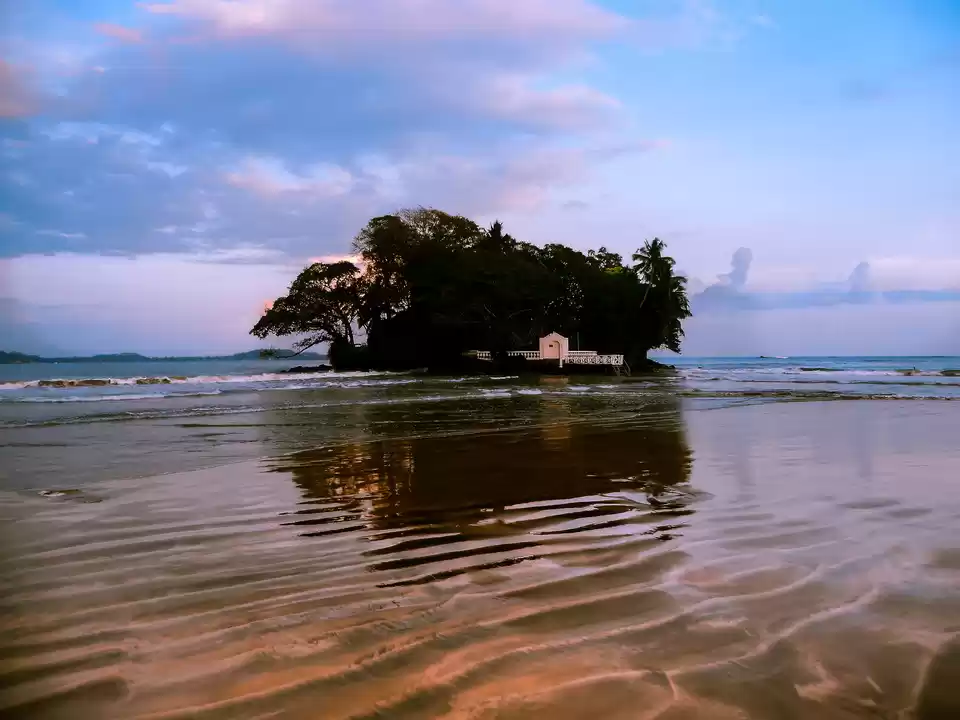Sri Lanka’s swanky expressways offer the best way to see the country’s stunning green landscape and heritage sites. Ruchira Bose goes on a drive on one of Asia’s finest ocean roads.
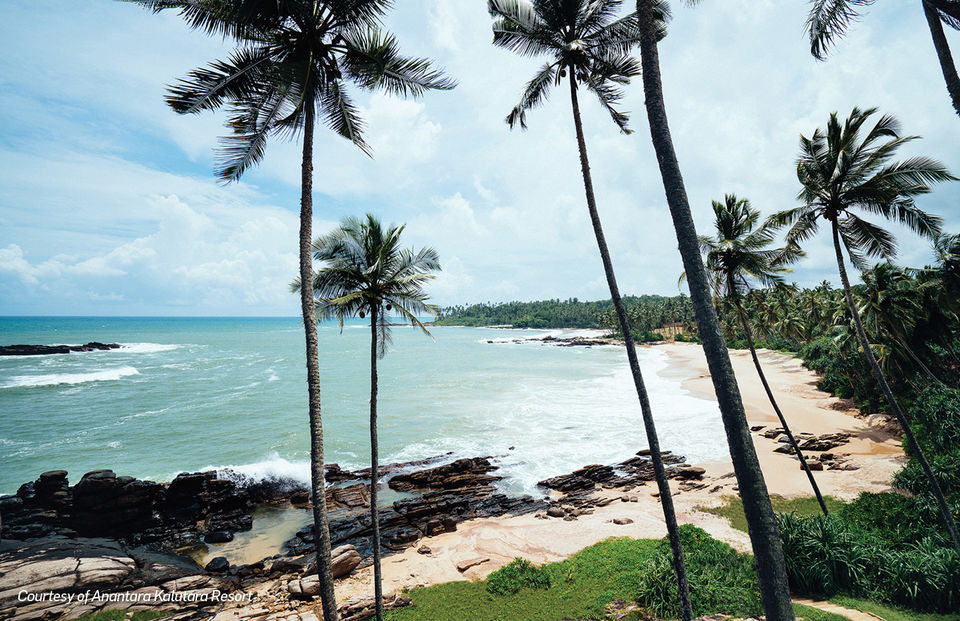
Sri Lanka’s dark, coppery soil is its ultimate treasure. Locals will tell you that the soil is so fertile that anything can take strong root here. As I drove along the E01, I was tempted to move and take root there myself. The country’s roads were an amazing contrast to the ones I drive on in India. Well-lit, beautifully laid, even internal roads off the highway are uncluttered and smooth.
For a nature lover, the types of trees, spice plantations, and the highway’s famous peacock crossings are a delight to view. In the morning, the mist of dawn hovered over the Southern Expressway, dissolving with the warmth of the day. The windows were a blur of emerald as we sped through the sleek tarmac. With sleepy eyes, we focused on the road ahead to take in the view.
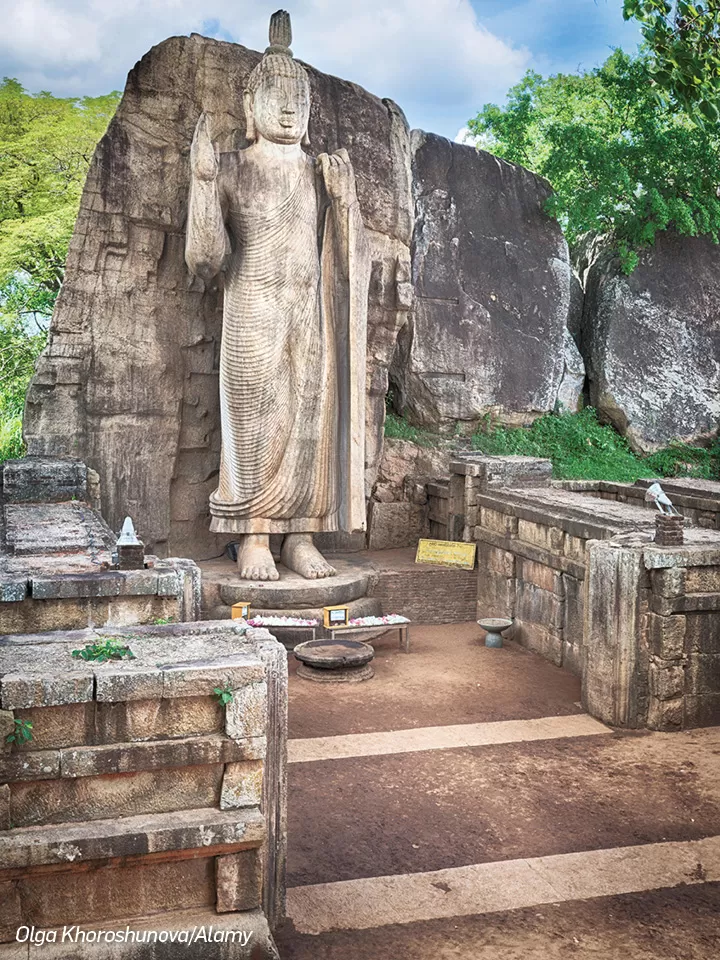
A thick grove of rubber trees leaning towards the road from various elevations was the first cultivation that I identified. White pigmented trunks make it easy to spot these lithe greens, bowing off the travellers on their way. It’s past the Dodangoda Exit that I enjoyed spectacular views of these sloping beauties growing in strict rows. And throughout the highway these plantations of rubber can be seen, boasting its contribution in putting Sri Lanka amongst the world’s top 10 producers of natural rubber. Coconut trees beckon your attention with fringed leaves cha-chaing with the wind.
Nothing paints a prettier picture of the paradise island than coconut palms glinting in the sun. The tall palms along the beach are the embodiment of enjoyment—it truly is a tropical heaven. Yet, the copses of coconut that we glimpsed en route to Matara represent the economical importance of this unassuming palm. From its fruit to its root, this tree serves as cooking ingredients, medicine, roof material, and lumber for furniture. The estates of the coconut triangle that leans on the E01 span out in acres, catering to a never-ceasing demand.
As we rushed through Mathugama, a far more exotic palm waved us to slowdown. Elaeis guineensis, or the African oil palm, stood short and stout, burgeoning rosy smiles in its midst. These red fruits are pulped and refined into oil used for cooking and making body care products. Clearings of light green stood out from the thick groves as our four-wheel drive Mitsubishi plied on. In symmetrical squares, the lush cultivation spanned like a sea of lime, interrupted by isles of banana or coconut. There’s a sense of calm that set in as the rice fields drifted into view, paddy sauntering in the breeze. It was soothing to watch buff aloes taking a break from their chores by lounging in their mud baths or a farmer out yonder tending to his crop.
Amidst the paddy fields here, you’ll suddenly find patches of bright pink… hundreds of lotus blossoming in ponds that have just nudged their way into the fields. As we crossed over the Bentara Ganga, our view was jarred by fortified concrete. Mangroves filled our flanks, bushy and wild with vines creating ripples in the water. The highway boards indicated that we were in the vicinity of Batuwanhena—Elpitiya. My driver was quick to point out a cook’s delight here: a scene of glossy fl at leaves that drape thin, polished green barks. It was cinnamon!
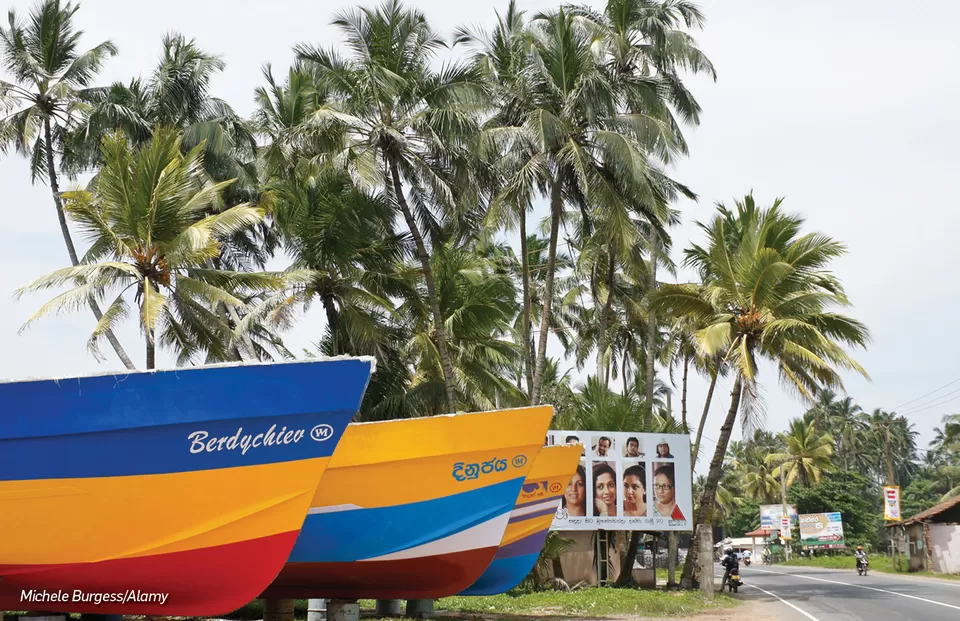
Peacock Crossings
As soon as you leave Colombo on the EO1, you’ll see massive yellow road signs (they are at least 12 feet by 6 feet) that warn you that peacocks may be crossing the road ahead. And it’s true. Peacocks along this stretch are a guaranteed sighting.
Crowding plots of land in rows, this spice was ancient Sri Lanka’s most coveted gem—an aroma that lured foreign nations from across oceans to these shores. Cinnamon plants are short and easily mistaken for young rubber plantations; however, the colour of the trunk is a helpful hint, I was tipped off by our driver. Rubber, coconut, cinnamon, paddy, cashew, tea, puwak (areca palm), and even the homely banana shrub—the Southern Expressway is like a cook’s culinary drive through ‘source’.
Along our quest to spot Sri Lanka’s various food gems, we were caught by surprise by a red hue that glowed through the green. It was the dwarf cashew tree showing off its fl at leaves shaded in red. On the home stretch to Matara, the island’s famous symbol stole our attention. Tea bushes concealed low-lying hills and surrounded pint-sized houses. Here, tea does not take over the slopes to create a carpet of green.
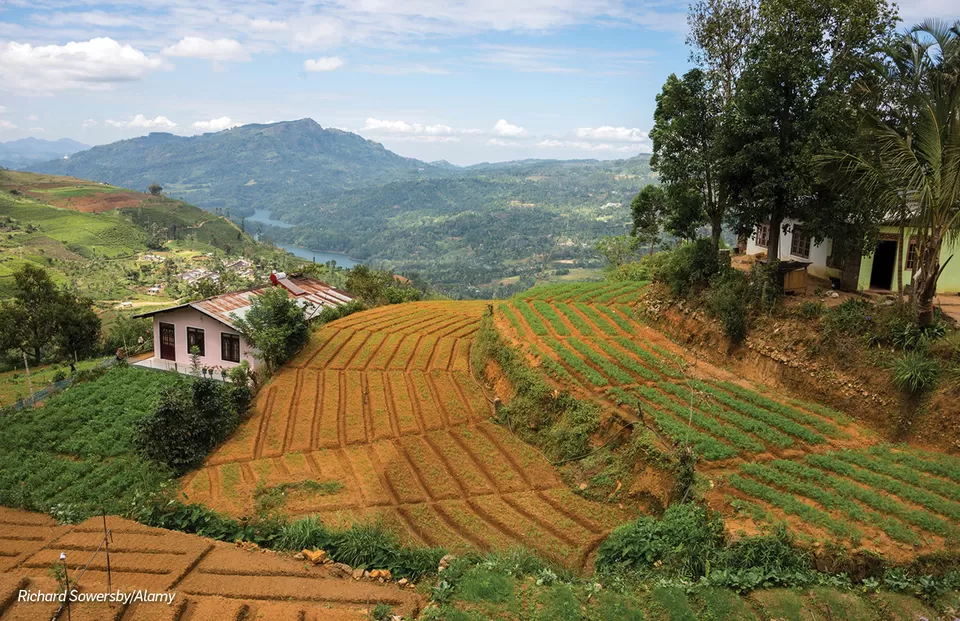
Indian Ocean Blues
Keep your camera out, and be prepared to make a stop on the stretch between Tangalle and Weligama. The road runs along the ocean and the colours before you on any bright day are breathtaking
This truly Southern scene shows pruned tea bushes co-existing with the tangled wild of the terrain. As we breathed in this view, an unusual palm swayed into the window. Towering over the tea fields was a row of puwak, the lanky cousin of the coconut tree. This is the mother plant of the betal nut, the kernel chewed with betal leaf, a retro-but-favourite after-dinner ritual.
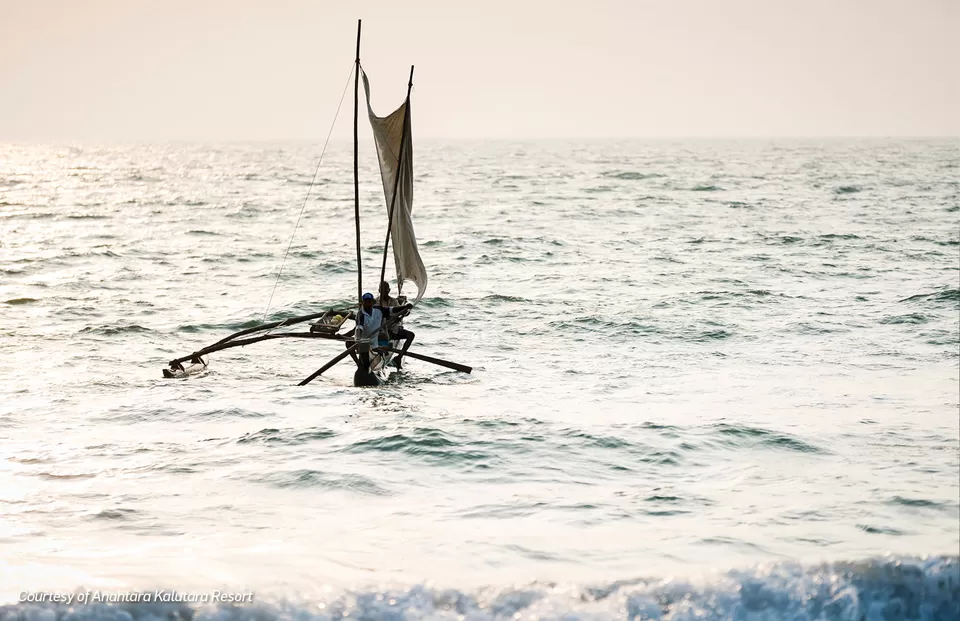
The Bread Tuk Tuk
Take an afternoon drive off the Southern Expressway to enter into Matara, Tangalle, and go further into the villages to spot a delightful sight. A little red tuk tuk (like our autorickshaws) with a big glass panel at the back and retro-fitted wooden shelves sells freshly baked, unsliced bread loaves to villagers. You can hear the Tuk Tuk come through the fields as it plays a piece by Chopin like an old music-box.
The Complete Sappada
The full Sri Lankan meal is a combination of a coupel of mains, rice, vegetables and sambals (spicy chutneys). Mutton, jackfruit, dried fish sambals, vegetable kottu and a sweet are standard.
Artistic Salads
Lankans like to serve their salads in a creative and colourful style, combining seasonal produce with micro greens.
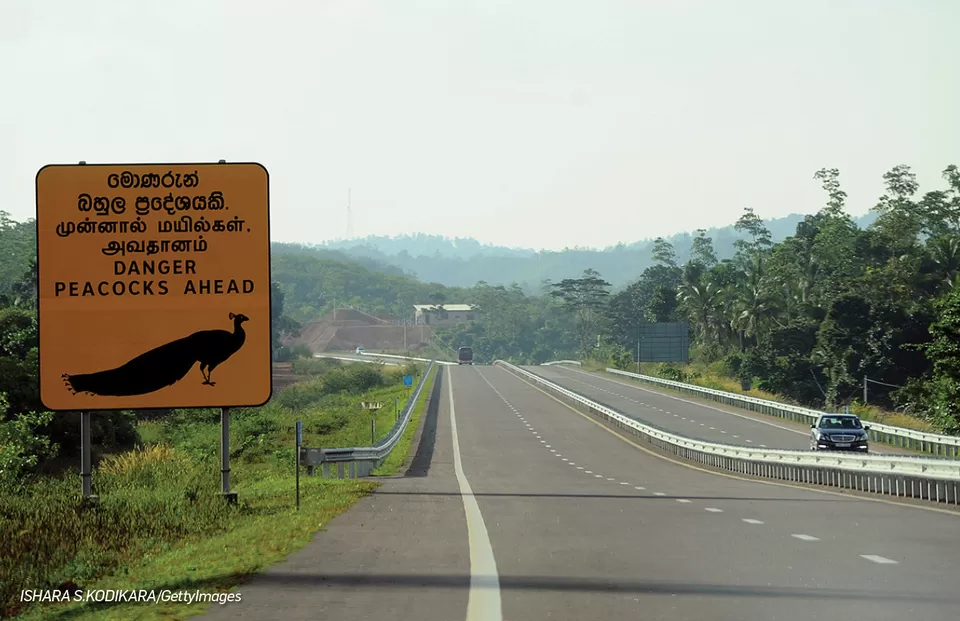
What We Tried
From lagoon prawns, freshly prepared hoppers to tangy-spicy sambals like Lunumiris, we tried a delightful array of food as we travelled from South to the West of Sri Lanka.
Fresh Catch
Sri Lankan cuisine is a wonderful combination of local ingredients and styles, and Indian and South East Asian falvours. At Spice Traders at Anantara, we tried the lamb and fresh coconut appetizer with lime dressing.
Kokis
A traditional sweet made around the new year (April 15), Kokis is a crunchy snack also had at teatime. A brass mould is dipped in a thin mildly sweet batter made of coconut milk and flour and then deep fried.
Lagoon Prawns
At Anantara, the batterfried lagoon prawns delivers the Sri Lankan love for salty, sour and crunchy elements of a good dish.
Frequent Searches Leading To This Page:-
Sri Lanka tour packages price, Best places to go in Sri Lanka in march, Top tourist attractions in Sri Lanka, Tourist attractions in Sri Lanka, Best beaches in Sri Lanka in November



